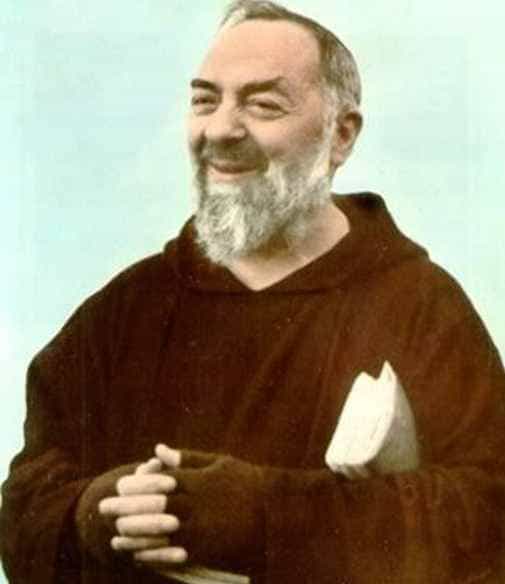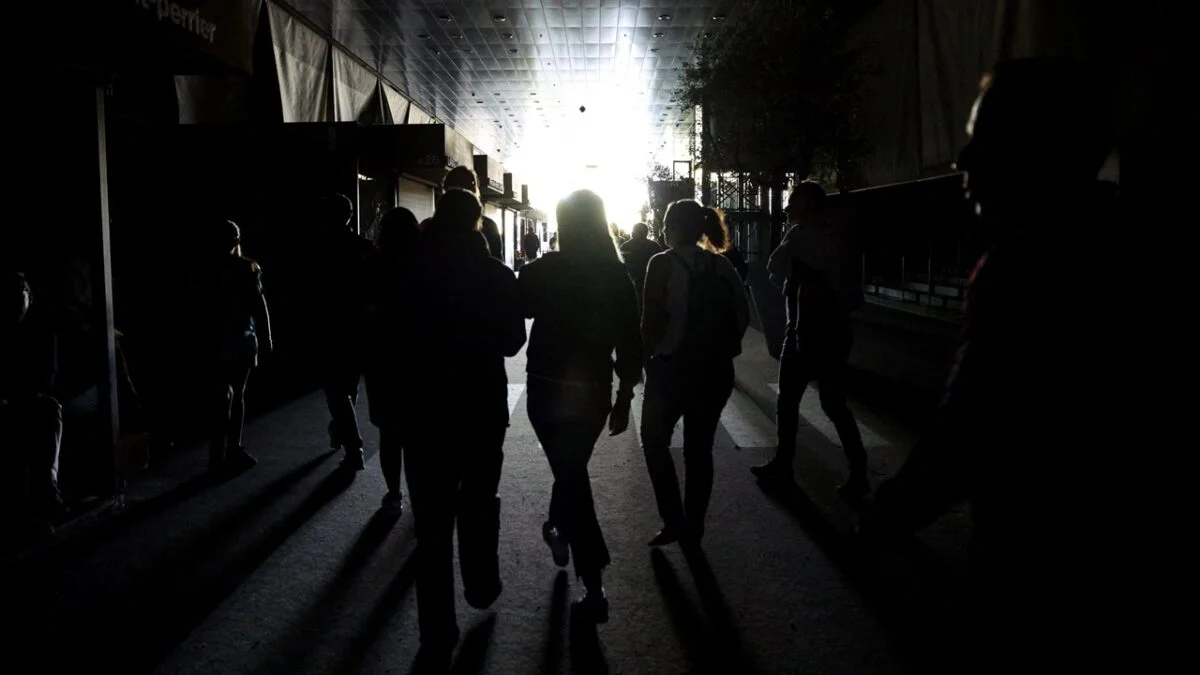
Author: Mother & Refuge
-
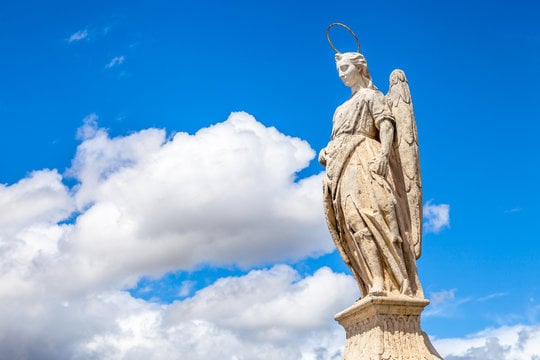
The Apparition of St. Raphael in Córdoba, Spain (16th Century)
Read More: The Apparition of St. Raphael in Córdoba, Spain (16th Century)The Apparition of St. Raphael in Córdoba, Spain (16th Century) ✨ A Heavenly Messenger in Troubled Times In the heart of Córdoba, Spain, during the 16th century, a miraculous event took place that reaffirmed the city’s deep Catholic faith. St. Raphael the Archangel, known as the angel of healing and divine guidance, appeared to a…
-

A Prayer to Be Spared Purgatory
Read More: A Prayer to Be Spared PurgatoryO Mary, I ask thee for one more grace: Obtain from thy Divine Son that I may die, but that I may die with thee, and that I may fly to Heaven along with thee. O merciful Mother, grant that when my soul is liberated from this wretched body I may go immediately to find…
-

Save This! Powerful Morning prayer before starting work
Read More: Save This! Powerful Morning prayer before starting workMy heavenly Father, as I enter this work place, I bring your presence with me.I speak your peace, your grace, your mercy and your perfect order into my work.I acknowledge your power over all that will be done, spoken, thought and decided within these walls.Lord, I thank you for the gifts you have blessed me…
-

How to Deal with Anger as a Catholic: A Guide from Scripture and the Saints
Read More: How to Deal with Anger as a Catholic: A Guide from Scripture and the SaintsAnger is one of the seven deadly sins when left unchecked, but it can also be a righteous emotion when properly directed. As Catholics, we are called to imitate Christ, who showed anger against sin but never allowed it to consume Him. This article explores what the Bible, Church teachings, and the wisdom of the…
-
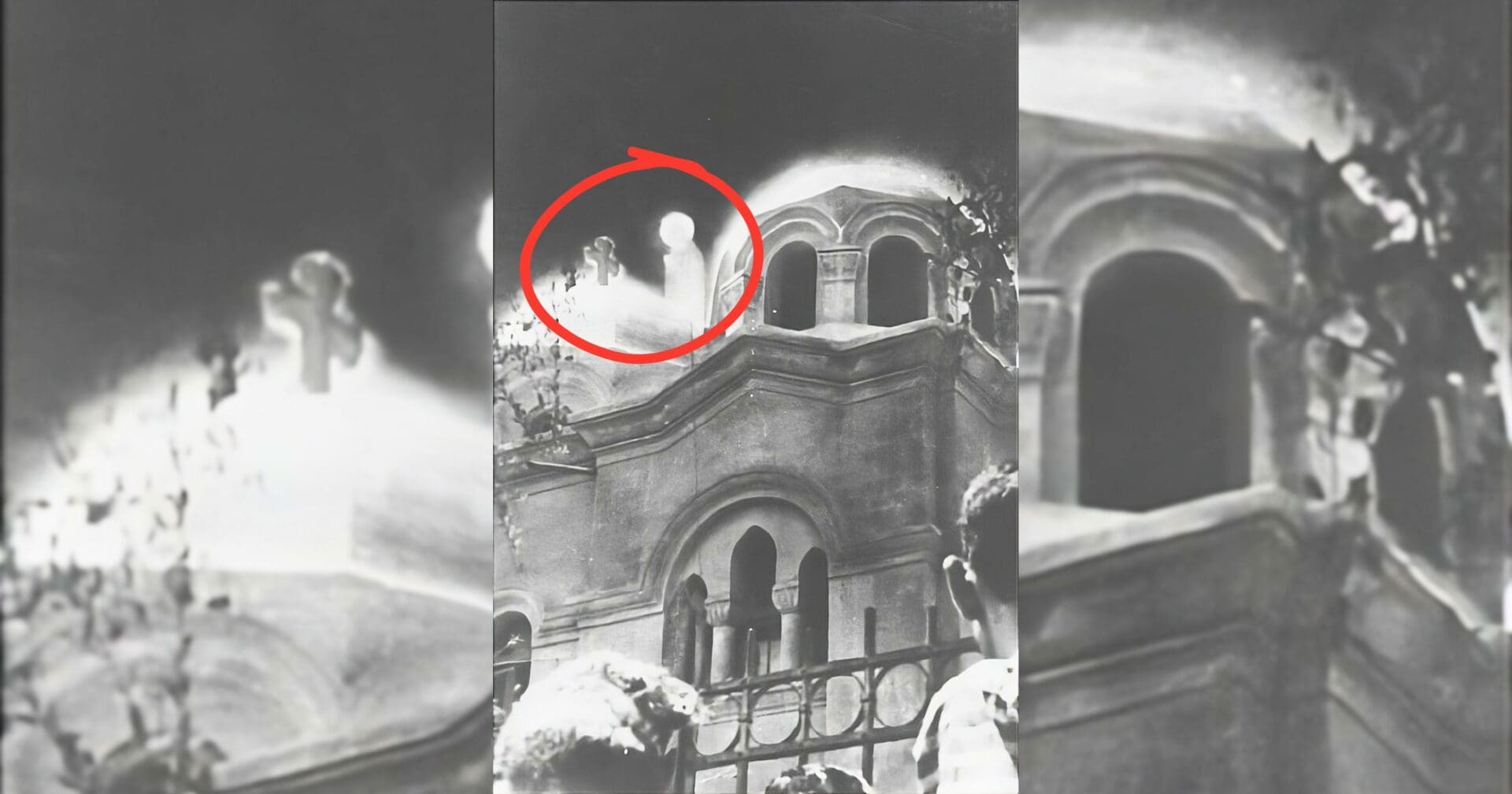
The Miracle of Our Lady of Zeitoun: A Marian Apparition Seen by Thousands in Egypt
Read More: The Miracle of Our Lady of Zeitoun: A Marian Apparition Seen by Thousands in EgyptThe Miracle of Our Lady of Zeitoun: A Marian Apparition Seen by Thousands Introduction The Blessed Virgin Mary has been known to appear throughout history, often bringing messages of peace, conversion, and hope. One of the most extraordinary Marian apparitions took place in Zeitoun, Egypt, between 1968 and 1971. This remarkable event is unique because…
-
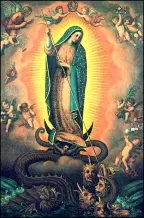
Why Satan Fears Mary?
Read More: Why Satan Fears Mary?Why Satan Fears Mary: A Simple and Devout Catholic Perspective When we think of spiritual warfare, the Virgin Mary might not be the first figure who comes to mind. Yet, for centuries, the Church has taught that Satan fears Mary deeply. This belief, grounded in Scripture and Catholic tradition, reveals her unique role in the…
Search
Popular Posts
-
🙏 A New Chapter Begins: Supporting Pope Leo XIV with Prayer and Hope | W/ Daniel O’Connor
“Give the new pope a break and support him with your prayers.”–…
-
Possible Candidates for The Next Pope!
Some Candidates for the New Papacy Today we will share with you…
Categories
Archives
Tags
#Miracles (102) 2023 (4) 2024 (4) approved miracles (2) catholic (141) catholic blog (375) catholic meditations (7) catholic miracles (371) catholic motivation (2) catholic news (371) catholic prayers (4) CatholicSeers (359) catholic vlog (375) catholic websites (6) Eucharistic miracle (2) fr jim blount (3) GisellaCardia (11) hamas (3) imitation of christ (2) Israel (4) israel live (5) Israel news (9) jesus (3) jesus christ (4) Latest messages (11) lent 2023 (10) lent 2024 (4) lent homily (2) lent retreat (4) lent retreat 2023 (3) Lourdes (2) messages from god (6) MessagesFromHeaven (364) miracles of catholic church (2) mother and refuge (2) ourlady (325) OurLadyApparitions (22) our lady of lourdes (2) Pope (2) POPE francis (3) pope francis news (2) prayers (3) real miracles (356) sacred heart of jesus (2) The Miracles of Lourdes (2)



